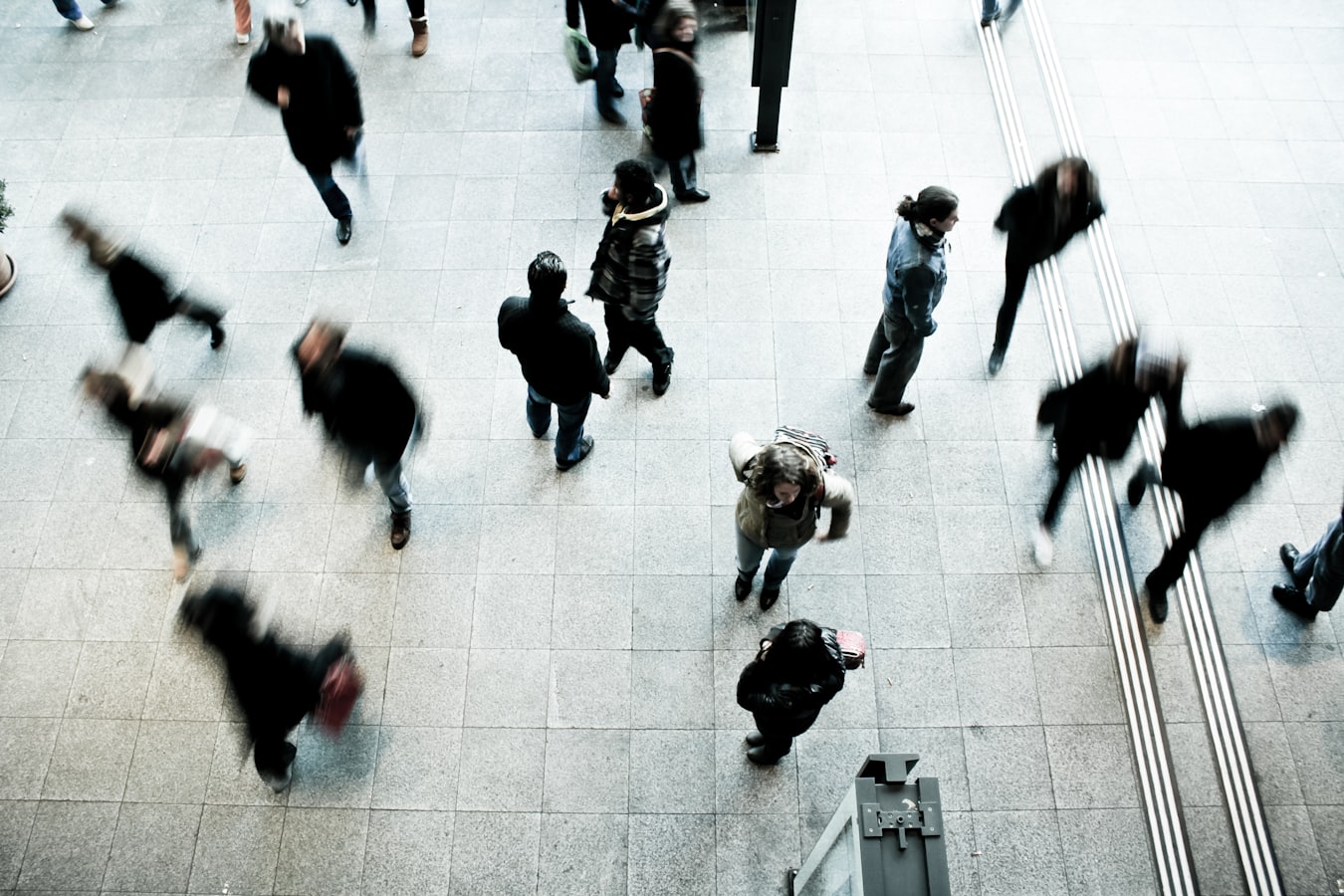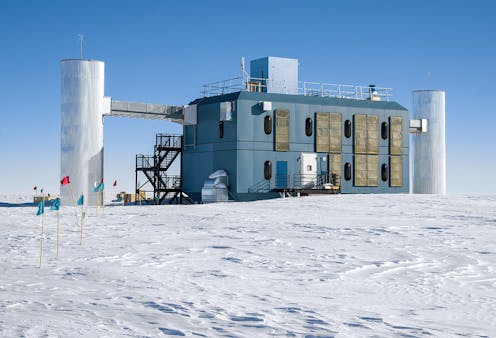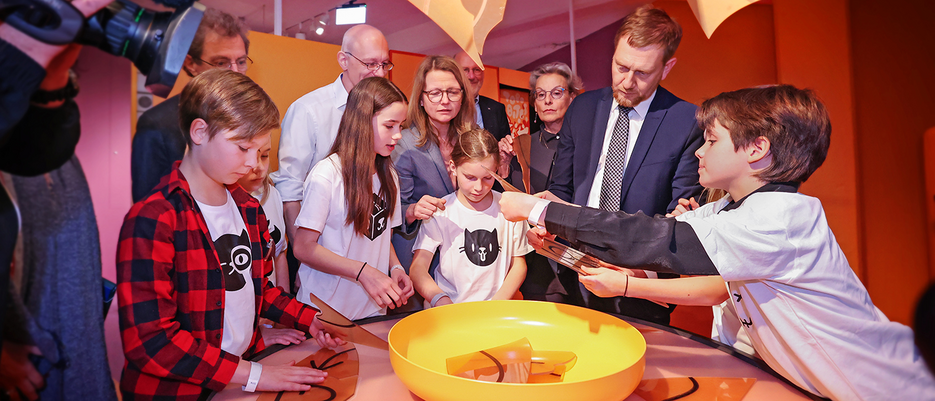As voters in the USA gear up for arguably the most important election in recent memory, Americans’ access to quality internet – a barrier for people engaging in the political process – is anything but democratic.
An analysis of more than 21 million unique internet-connected end-points, commonly referred to as Internet Protocol (IP) addresses, by researchers at the Monash University IP Observatory found substantial differences in measures of inclusive internet quality by state.
Oklahoma, Iowa and West Virginia recorded the worst internet latency speeds, a staggering quality drop of 119 per cent compared to New Jersey and Delaware.
The research was conducted by Dr Klaus Ackermann, Lecturer in Econometrics and Business Statistics; Simon Angus and Paul Raschky, Associate Professors in Economics, and Research Assistant, Hayley Lock. The Monash University IP Observatory is a project of the SoDa Laboratories at the Monash Business School.
“In a high stakes election, a democracy should be doing everything it can to ensure the rights of the electorate are respected and valued,” Associate Professor Angus said.
“The internet is obviously crucial to these rights, and we can see that in a few key states, there are potentially pockets of citizens who are informationally excluded through poor internet performance. This is a real issue.”
Researchers recorded the internet latency speeds across the 51 US states between 1 and 12 October 2020. They combined a commercially available geo-located IP database with their powerful global scanning technology to measure the online or offline status of millions of internet addresses each hour.
The Monash University IP Observatory platform makes billions of measurements a day, using tiny signals sent from servers around the world to end-point devices, mimicking the regular traffic journey of a user online.
Unlike bandwidth, which is more about how long it takes to down-load or upload a very large file and relates to overall capacity, latency refers to the immediacy of a connection.
Latency is not only crucial for any synchronous online activity (chat, VoIP, tele-conferencing, tele-health, tele-education, tele-law, etc.) but also relates to the reliability of the connection to receive information in general. Very slow latency connections typically end up suffering so-called packet-loss events, essentially the ‘lost mail’ equivalent online.
Put simply, very poor latency can be associated with a frustrating experience online.
To understand the inclusivity of the internet experience across the US, instead of comparing the average latency, the researchers trained their attention on the lowest 1 per cent of readings in each state.
By this measure the worst outcomes were found in Oklahoma (455ms), Iowa (407ms) and West Virginia (383ms). On the other end of the scale, Delaware, Rhode Island and New Hampshire were the fastest at just a tad more than 200ms.
Of the bottom 15 states, nine (60 per cent) are considered Republican (Mississippi, Montana, North Dakota, South Dakota, Missouri, Arkansas, Kansas, West Virginia, Oklahoma) and two (13 per cent) are Democrat (D.C., Washington), with the remaining four (27 per cent) being swing states (Michigan, Pennsylvania, Wisconsin, Iowa).
“In Iowa, our results suggest somewhat depressingly that the bottom 1 per cent of users are effectively receiving packets of internet content as if they were being re-routed to Australia and back again before popping up on screen,” Dr Ackermann said.
“A latency speed of 400ms or above is around 0.4 of a second. This may not sound like much, but consider that human speech is typically 150 words per minute, which equates to around 0.4 or less of a second per word.
“So essentially, the user in Iowa is going to struggle with any synchronous activity online as they’ll be more than a word behind everyone else. This correlates to a poor overall internet experience.”
The ramifications of poor internet quality could impact voters in key states for the upcoming US Presidential Election.
“Democratic elections require equal access to all relevant information. And that means, the key comparison is not really the median internet user, but actually the experience of the user with the worst internet experience in a given state as they become the litmus test of informational inclusion,” Associate Professor Raschky said.
“At the heart of any election, and 2020 more so than ever, access to information is absolutely crucial to ensure that citizens make properly informed choices.
“So as the elections draws closer, spare a thought for Iowans, or residents of Wisconsin or Pennsylvania trying to get updates on the Presidential debates, or crucial information on where to vote, how to lodge in-mail ballots, or what their rights might be as they approach in-person polling stations.
“Aside from everything else they’ve had to face this year, a good number of them may be staring at a spinning wheel or the word ‘loading’ on their screens.”







